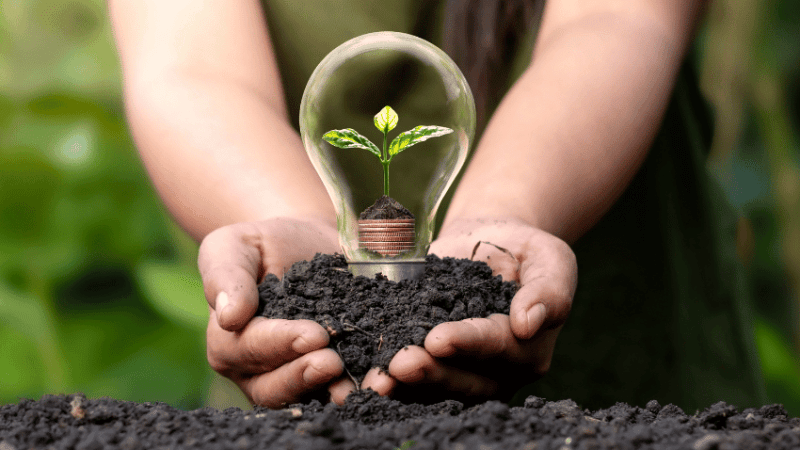British Science Week – Best 2025 stress-free experiments and ideas

Get children excited about British Science Week in March with these great worksheets, lesson plans, resources, activities and ideas…

- by Teachwire
- Classroom expertise and free resources for teachers
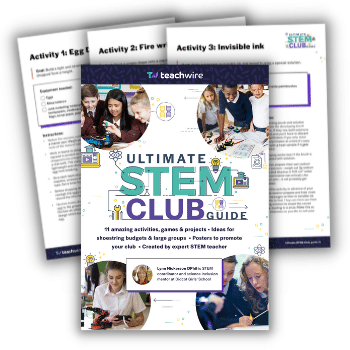
Despite its name, British Science Week is a ten-day celebration of science, technology, engineering and maths. Below you’ll find lots of ideas for how to celebrate in your school…
- What is British Science Week?
- When is British Science Week 2025?
- What is the theme of British Science Week 2025?
- British Science Week resources
- Taking primary science to the next level
- The best no-stress, low-budget science experiments
- More science resources
- Why primary teachers shouldn’t avoid practical science
What is British Science Week?
It’s a programme of thousands of events running throughout the whole of the UK, with no restrictions on who can organise events. You’re free to choose the topic, audience and venue of your event.
The resulting programme is a hugely varied and eclectic mix suitable for people of all ages and abilities.
Use the hashtag #BSW25 on social media.
When is British Science Week 2025?
In 2025, British Science Week takes place between 7th-16th March.
What is the theme of British Science Week 2025?
This year’s theme is ‘Change and adapt’. This theme encompasses lots of different STEM topics, from animals adapting to a changing environment to cities changing as populations grow.
British Science Week resources
STEM club activities
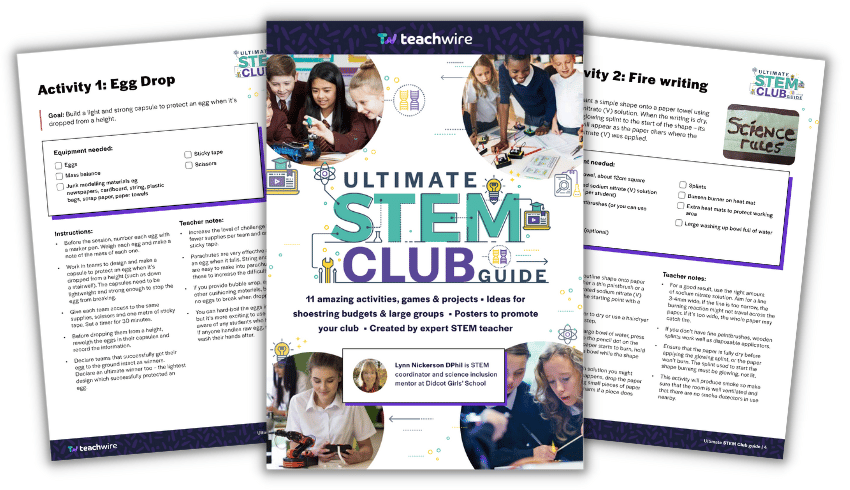
Increase engagement in STEM during British Science Week by trying some of these low-cost, easily adaptable STEM club activity ideas by Lynn Nickerson, STEM coordinator and science inclusion mentor at Didcot Girls’ School.
Official activity packs

The official British Science Week resource packs are now available, containing loads of activities on this year’s theme. Each pack includes a wide range of fun, hands-on activities, and loads of useful information for planning your event.
If you want more activities you can still download and use packs from previous years. 2024’s theme was time. 2023’s theme was ‘Connections’, while 2022’s was ‘Growth’.
Live lesson
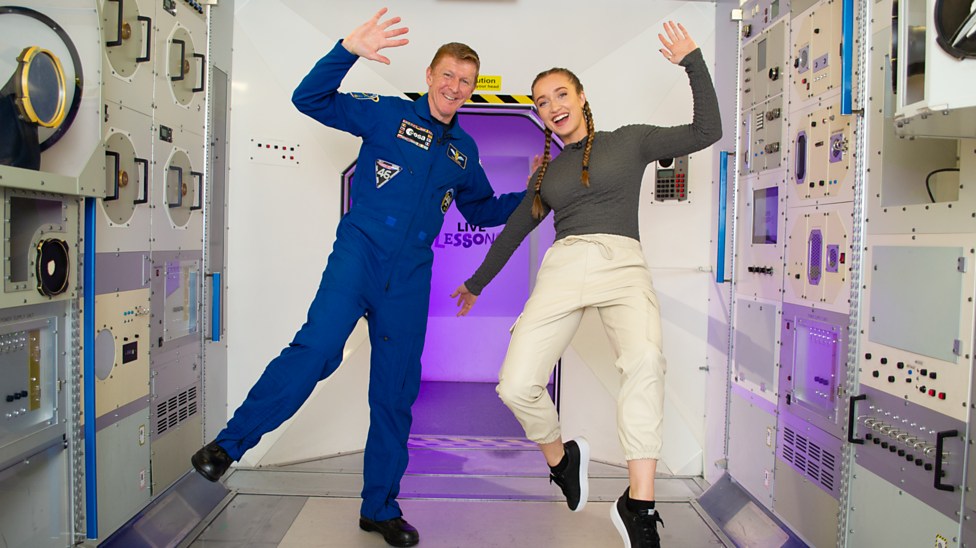
There’s a 30-minute KS2 science Live Lesson to enjoy at 11am on Monday 10th March 2025. Grace Webb and Greg Foot will be finding out what it takes to become an astronaut, alongside British astronaut Tim Peake.
Poster competition
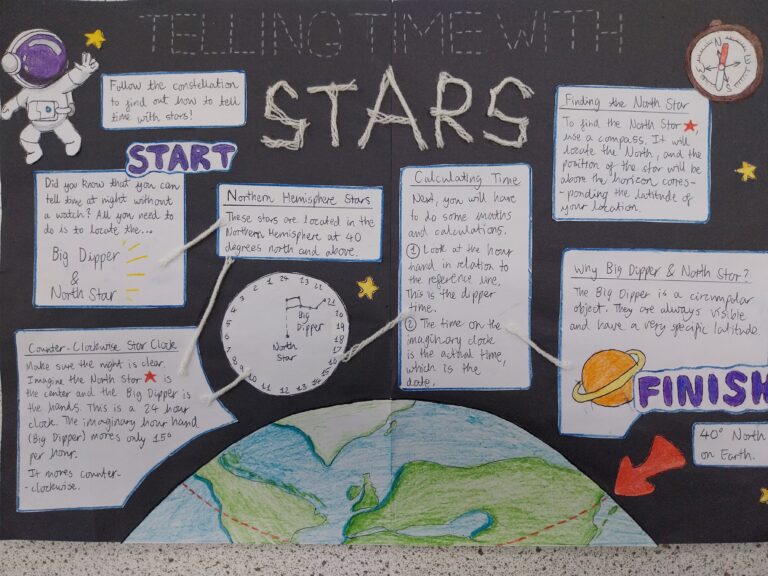
Create posters for the British Science Week 2025 poster competition. This year’s theme is ‘Change and adapt’. Judges will be looking for creativity, content and effective communication. All ages can enter, from early years to secondary.
Crime scene lesson plan
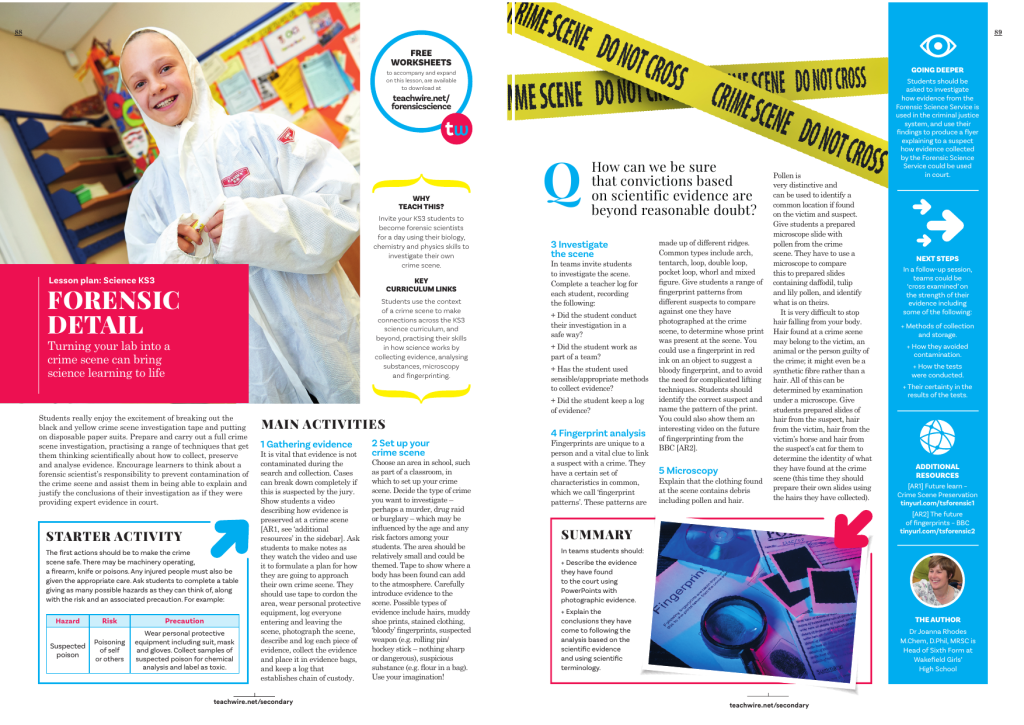
KS3 students will really enjoy the excitement of breaking out the black and yellow crime scene investigation tape and putting on disposable paper suits with this free crime scene lesson plan.
Early Years CREST resource pack

Children are never too young to start engaging with STEM. The Early Years CREST resource pack, Earth and Beyond, caters for children aged 3-5, and includes eight activities all themed around exploring outer space. It only requires materials often found in nursery or Reception class cupboards and is completely free to download and use.
New Energy Academy
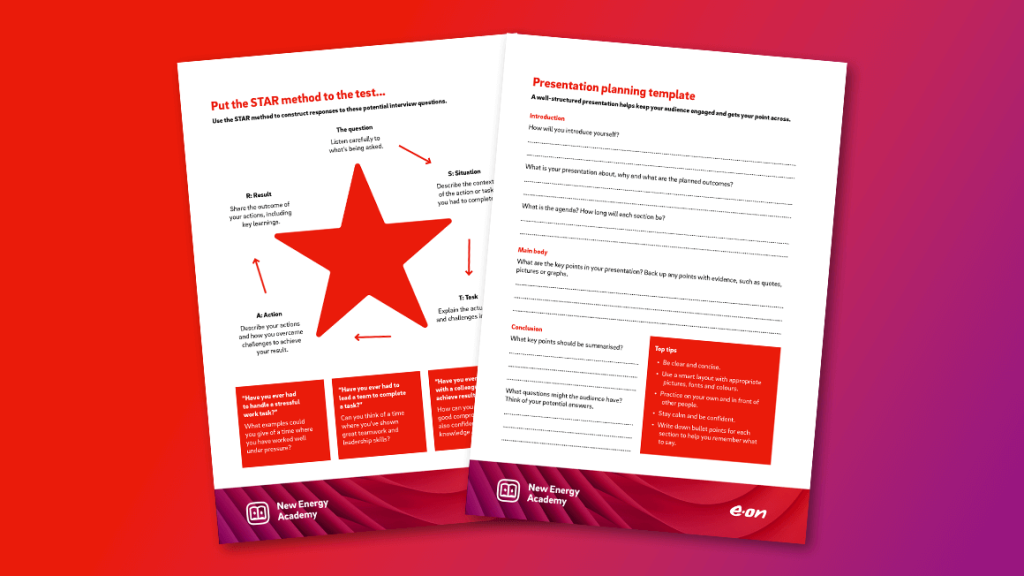
E.ON’s New Energy Academy is a free programme designed to help KS3 students explore how science, technology and sustainability are shaping the future.
The resources include a mix of assemblies, interactive activities, PSHE lessons and videos. Use them to inspire students about sustainability’s role across various industries – far beyond traditional STEM careers.
Brian Cox school experiments
These Brian Cox school experiments are designed to inspire and engage students with practical science. The featured topics link directly to the STEM curriculum. There are primary and secondary resources tailored to each age group.
Taking primary science to the next level
- Become a member of Association for Science Education – this organisation has a very vibrant primary membership and produces a comprehensive selection of resources and CPD opportunities, many of which are free. The annual conference is packed with excellent practitioners sharing their experiences.
- Follow the Primary Science Teaching Trust – PSTT presents awards to teachers delivering outstanding science and produces a wide range of excellent resources.
- Register for the Primary Science Quality Mark – this is an award scheme with three levels and a stated aim of developing and celebrating the profile of science teaching, learning and leadership. The PSQM process encourages schools to reflect on their current practice and guides them through a year-long process of improvement.
- Take part in the Great Science Share for Schools – join in with this national campaign run by the Science and Engineering Education Research and Innovation Hub at Manchester University. It involves groups of pupils coming together to share their science learning. The next date is 17th June 2025.
- Find out more from STEM Learning – this national organisation offers a world-class CPD programme for primary teachers and hosts a comprehensive library of peer-assessed resources. There’s also CPD subsidies available for state-funded schools.
The best no-stress, low-budget science experiments
Specialist science teacher Emma Ranade shares the best ways to engage children in science with minimal cost and minimal planning…
The thought of organising a science week can be daunting, with months of planning for the science co-ordinator and a chunk of budget to make it happen.
However, there are many ways to engage children in science with minimal cost and minimal planning. Here are some of my favourite practical activities that can stretch children’s scientific thinking and get them hands-on, either in British Science Week or any time.
I’ve chosen child-led investigations as these allow pupils to be ‘real’ scientists, and investigation planning is often one of the trickiest ‘Working Scientifically’ skills to cover.
Rubber band cannons

Cut the bottom off a Pringles tube (grown-up job!) and cut four slits in the end to attach a couple of elastic bands. Next, you need to push a (blunt) pencil through a plastic bottle; the elastic bands attached to the Pringles tube can loop over the pencil.
Pull the bottle down and let go to fire projectiles such as screwed up paper, ping pong balls, cotton wool, pom poms, etc. If you get the children to bring in the tubes and plastic bottles, you only need some elastic bands.
Use sticky note planning in class to come up with ideas for variables. You can do many with no further resources: change the projectile, number of elastic bands, twists in the bands, angle of launch, pull-back distance, etc.
Every time I do this, the children think of ideas I haven’t thought of! You can also choose the dependent variable, from distance flown, height reached, force (i.e., can it knock down cups?) or even accuracy (can you get it into a cup?).
You could use this as part of the forces topic in Year 3 or Year 5, or as a standalone STEM project any time.
Stomp rockets

You can easily make these using old lemonade bottles. The only resources you need to bring in are a few sections of plumbing tubing and hosepipe. If you know any plumbers, you can probably get some offcuts for free, but the tubing only costs a couple of pounds in any DIY shop.
You can use these resources year after year and they don’t take up much space in the science cupboard. Make the rocket by rolling paper around a plastic tube and sealing the end with LOTS of sticky tape.
Use a short section of hose (and more tape) to connect the bottle to the tube. When pupils stomp on the bottle, the air will rush through the hose and tube and the rocket will fly! View the full instructions.
Film canister rockets are great fun, too, if rather messy… this is one for outside! The canister is launched into the air when the lid is forced off due to gas pressure. The source of the gas is carbon dioxide being released by a soluble vitamin C tablet in water in the canister.
Ask your local camera shop to save up the canisters for you. Fuji ones (white with white lid) are the best. Possible variables are volume of water, temperature of water, flavour/brand of tablet, and the size of the table (use quarter, half etc).
The snowman’s coat
This is a classic investigation of insulation – how can we keep ice frozen for the longest period of time? Investigate different insulating materials, or open it up to all sorts of ideas from the children.
Wrap beakers of ice cubes in different materials of different thicknesses, and use different lids or change the size/shape of the ice cubes or the outside temperature.
Be careful when you choose the dependent variable for this (‘what will we measure?’). Avoid measuring the change in temperature.
The temperature of the ice won’t change until it has all melted, so best to go for measuring the volume of melt-water, the change in mass of the ice, or the time it takes to completely melt.
Trending
Heart work
Investigating changes in heart rate is great for combining science and PE. Ask children to find out what affects how our heart rate changes after exercise, or how quickly it returns to normal afterwards.
Obvious ideas are changing the type or duration of exercise, but this is another one where I have found children are fantastic at coming up with their own investigations.
My favourite was “What happens when I sing different songs while skipping?”. The group chose three different songs that were ‘normal skipping songs’, ‘normal singing songs’ and ‘big voice songs’ (basically The Greatest Showman with skipping!).
With older year groups, this can also be used for data collection across the class and discussion of sample sizes and experimental design.
Clothes horse
Drying laundry is extremely easy to resource as you only need some fabric (towels, flannels or rags will do) and water. Investigate what can make wet fabric dry the quickest. You could look at temperature, sunlight, whether the fabric is flat/scrunched/folded, air movement, and type of fabric.
You can check if it is dry just by feeling it, or some students might choose to weigh it before and after to see how much water has evaporated.
All of these activities can be used for child-led investigations as choosing different variables hardly affects the resources needed. They could also work well for whole-school investigations as each class or year group could investigate a different aspect.
Sticky note planning can be used with any of these and encourages children to think about what they are investigating and gives them ownership of their work.
Whatever investigations you do, happy experimenting!
Emma Ranade is the founder of Fab Science, a provider of engaging hands-on workshops for primary schools. She is a specialist science teacher and has written several science activity books for younger children. Learn more at fabscience.co.uk and follow Emma on Twitter @fabscience
More science resources
Expert medium-term science plans for primary

Sorting out your medium-term planning for KS1 and KS2 science? Let science experts such as Deborah Herridge and mentors from the Primary Science Teaching Trust assist you with these free plans. They feature all the resources you’ll need, including Powerpoints, PDFs and worksheets. Topics include:
- Light and dark (KS1)
- Living things, habitats and food chains (KS1)
- Materials (KS1)
- Forces (KS2)
- Rocks and soils (KS2)
- Circuits (KS2)
Science write-ups resource pack
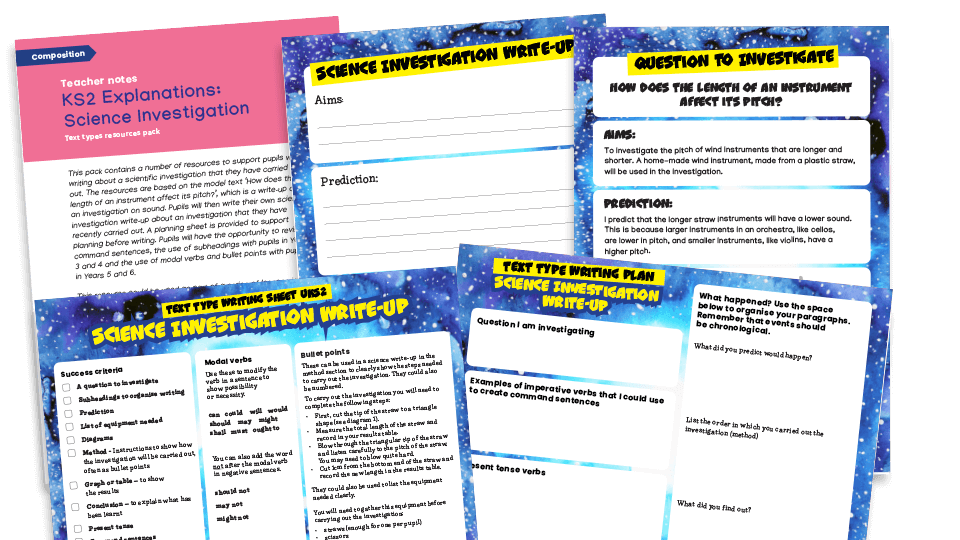
Show children how to write up a science investigation with this KS2 text types resource pack from Plazoom. Inside you’ll find a model text that pupils can look at before completing their own write-up.
Super secondary science lessons

Inside this free secondary science download you’ll find advice on how to:
- teach students to think like a scientist
- grow and maintain a school garden
- teach the science behind colours and emotion
- ditch the science stereotypes and promote STEM careers
- use archaeology to teach essential aspects of biology, chemistry and physics
Why primary teachers shouldn’t avoid practical science
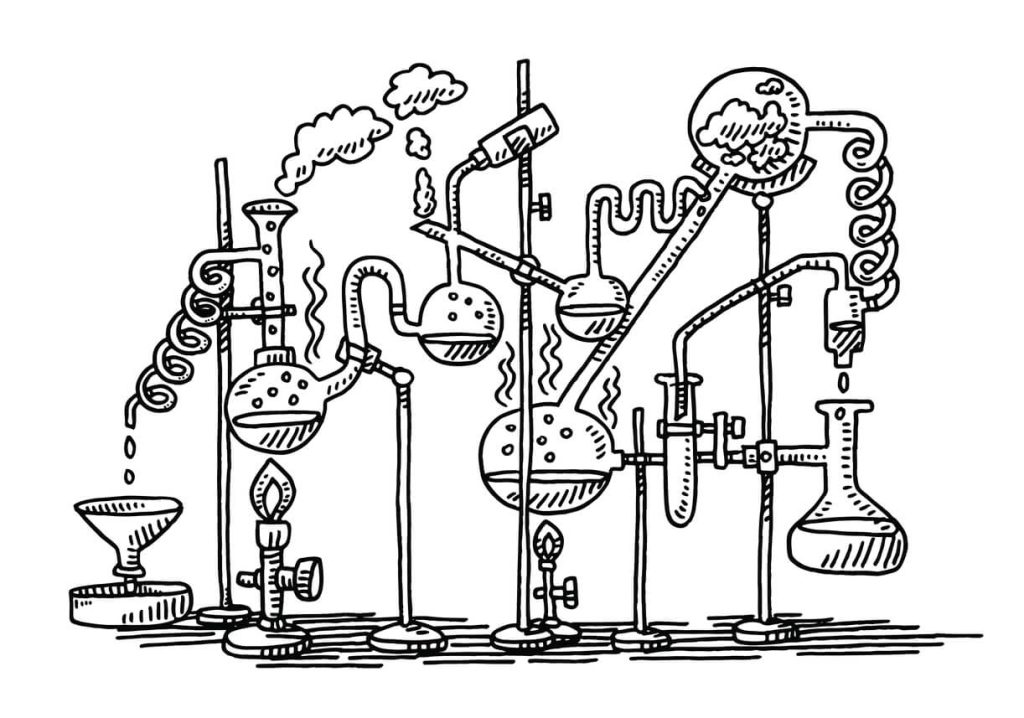
Always finding ways to skip doing practical science activities? Here’s why it really matters, plus some practical ideas to help, says Paul Tyler….
The thought of teaching science polarises many primary teachers. There are those whose eyes light up as they think of which inspiring, practical lesson will make the most mess, then there are those who are filled with dread and hope they can find a YouTube video that will adequately cover what their class needs to know.
I’m one of the ‘eyes light up’ teachers, but I’ve spent my 11-year teaching career working to inspire and support my ‘filled with dread’ colleagues so that practical science becomes a regular part of their practice.
Avoiding mess
When I became science coordinator, I quickly identified the teachers in my school who didn’t enjoy teaching practical science and set out trying to convince them of its merits. One such teacher, I’ll call her Sue, was a very experienced practitioner but admitted to me that science scared her so much, due to her own school experiences, that in a 40-year career she’d barely taught it.
Instead she covered the water cycle through art and senses through acrostic poetry. She delivered other science topics via video clips and worksheets. To build her confidence we team-taught science for a term. To my delight, by the end she was enjoying it so much that she was looking for ways to bring science into every area of the curriculum.
Just before she retired she emailed me and said she wished she’d been introduced to the benefits of practical science many years ago. I hear similar stories from others involved in primary science education across the UK. When I speak to these colleagues, the same reasons are cited for shying away from practical science:
Excuse 1: “I’m scared about getting something wrong”
Unfortunately, with a heavy focus on literacy and numeracy, many schools don’t see the benefits of practical science so don’t invest in high-quality CPD. However, there is plenty of free CPD out there.
Reach Out CPD has excellent curricular-linked modules, or try Facebook groups Unleash 1 (KS1) and Unleash 2 (KS2) – both are full of supportive practitioners.
Excuse 2: “Setting up and clearing away takes too long”
There’s no question that organising practical science activities takes time, but in my opinion it’s time well spent when you see the level of engagement of pupils.
Organise your science resources into topic boxes so you can easily find what you need. Train senior pupils as lab technicians to help cut down on preparation and clean-up time. These children can also assist you in delivering practical sessions to younger pupils.
Excuse 3: “I don’t have the correct resources”
With the tightening of budgets across the UK, and the focus on assessed subjects, science is often under-resourced. However, most primary science can be delivered without specialist equipment. Ask your local high school or college if they have equipment you can borrow if you need it.
Excuse 4: “What if the pupils ask a question I can’t answer?”
Brilliant! That means they’re thinking about the science and formulating ideas based on what they’ve learnt. Science is all about asking questions, not about knowing the answers.
The exciting part is finding a solution. As a teacher it’s OK – in fact, I’d say it’s essential – to be confident enough to say, ‘I don’t know’.
Asking questions
One of the fundamental science skills pupils need to develop at primary level is the ability to ask scientific questions as a starting point for investigations. Dr Lynne Bianchi, director of the Science and Engineering Education Research and Innovation Hub, promotes a ‘WWW’ message from wow to wonder to working scientifically.
In essence, using a ‘wow’ moment will spark pupils’ curiosity and get them asking questions that lead to investigations.
Lynne’s work on the Great Science Share for Schools places a spotlight on this. Launched in 2016, the campaign aims to inspire young people to share their scientific questions and investigations with new audiences.
Having this special day in your school diary (June) will enable you to raise the profile and focus of science and the children will be utterly engaged and inspired to think and work as scientists when it is their own questions being discussed.
Paul Tyler is science coordinator at Mearns Primary in Glasgow, a member of ASE and a PSTT fellow. Follow him on X at @glazgow.






